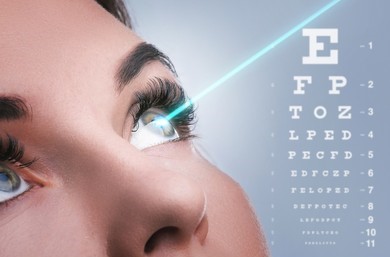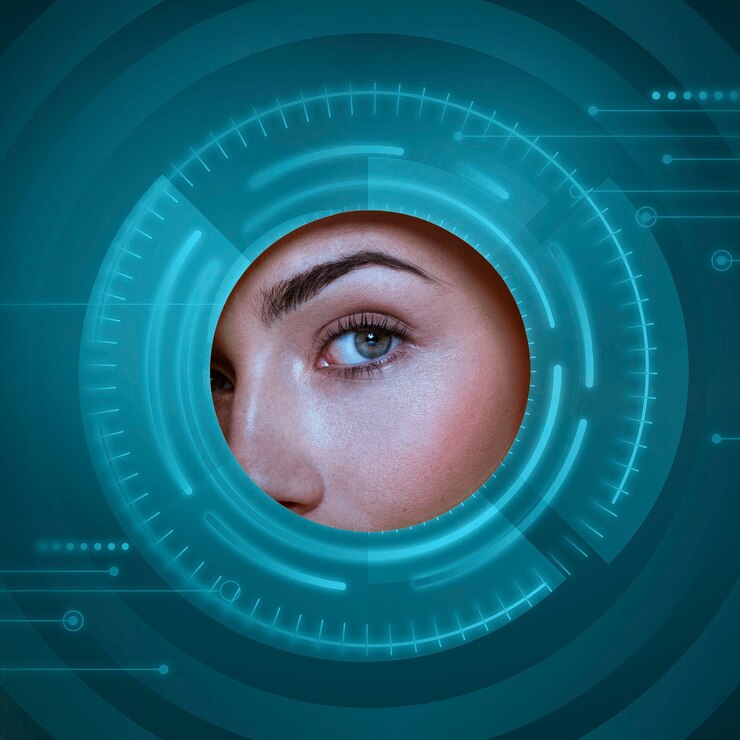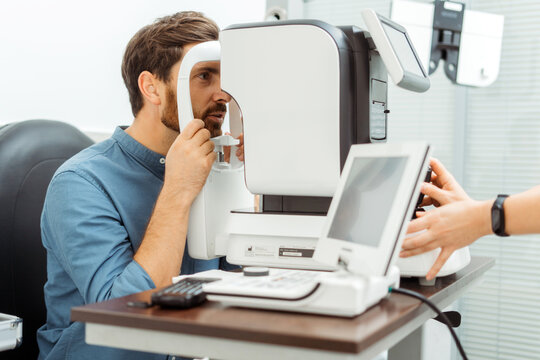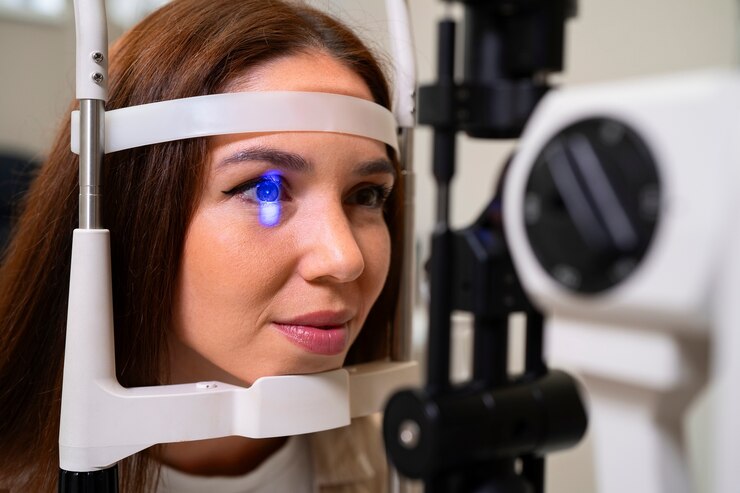The Evolution Of Vision Correction: A Deep Dive Into LASIK Technology
The quest for clear vision has undergone a remarkable evolution over the years, with advancements in technology revolutionizing the field of vision correction. Among these breakthroughs, LASIK (Laser-Assisted In Situ Keratomileusis) has emerged as a transformative solution, offering a precise and effective method for reshaping the cornea and restoring visual acuity. This article takes a comprehensive journey into the evolution of vision correction, focusing on the intricacies of LASIK technology, its historical development, and the transformative impact it has had on countless lives.
Historical Context: The Roots of Vision Correction
The desire for clearer vision has a rich history, dating back centuries. From the earliest eyeglasses in the 13th century to the development of contact lenses in the 19th century, each advancement brought new possibilities for those seeking to correct refractive errors. However, it was the advent of laser technology in the latter half of the 20th century that paved the way for a revolutionary leap in vision correction.
The Birth of LASIK: Merging Laser Technology with Ophthalmology
The concept of reshaping the cornea to correct refractive errors through laser technology was first explored in the 1970s. It wasn’t until the 1980s that researchers and ophthalmologists, including Dr. Ioannis Pallikaris and Dr. Lucio Buratto, laid the groundwork for what would become LASIK. The procedure involved using an excimer laser to precisely sculpt the cornea, correcting nearsightedness, farsightedness, and astigmatism. This marked the birth of LASIK as a groundbreaking approach to vision correction.
LASIK Technology Unveiled: The Precision of Excimer Lasers
Central to LASIK’s success is the utilization of excimer lasers, which emit ultraviolet light pulses. Unlike traditional lasers, excimer lasers can precisely remove microscopic layers of corneal tissue without generating heat, reducing the risk of damage to surrounding structures. This precision allows for the reshaping of the cornea with unparalleled accuracy, addressing specific refractive errors and improving visual acuity.
Step-by-Step: The LASIK Procedure Demystified
The LASIK procedure is a meticulously planned and executed series of steps designed to reshape the cornea for optimal vision correction. The process typically involves creating a corneal flap, exposing the underlying tissue, and using the excimer laser to precisely remove targeted corneal tissue. The flap is then repositioned, serving as a natural bandage for the healing process. LASIK’s precision and rapid recovery time have made it a preferred choice for many seeking vision correction.
Beyond Traditional LASIK: Wavefront and Custom LASIK
As LASIK technology matured, refinements were introduced to enhance its efficacy further. Wavefront technology, also known as custom LASIK, uses detailed mapping of the eye to identify subtle imperfections in the visual system. This personalized approach allows for more customized treatment, addressing higher-order aberrations and providing a tailored solution for each patient’s unique visual profile.
Femtosecond Lasers: Elevating Precision in LASIK
An evolution within the LASIK landscape came with the introduction of femtosecond lasers. These lasers replaced the mechanical microkeratome, traditionally used to create the corneal flap, with a more precise and controlled laser application. Femtosecond lasers enable surgeons to create thinner and more uniform flaps, contributing to enhanced safety and accuracy in the LASIK procedure.
Bladeless LASIK: Advantages and Considerations
The integration of femtosecond lasers led to the development of bladeless LASIK, a variation that eliminates the need for a traditional blade altogether. This approach reduces the risk of flap-related complications and offers a gentler alternative, particularly for individuals with thin corneas or those prone to dry eyes. Bladeless LASIK has gained popularity for its enhanced safety profile and improved outcomes.
Presbyopia and LASIK: Addressing Age-Related Vision Changes
While LASIK is highly effective for correcting myopia, hyperopia, and astigmatism, presbyopia – the age-related loss of near vision – poses a unique challenge. The advent of monovision LASIK and blended vision LASIK provided innovative solutions for presbyopia by adjusting one eye for distance and the other for near vision. These approaches have allowed individuals to maintain visual acuity across a range of distances, reducing dependency on reading glasses.
LASIK Safety and Patient Satisfaction: Navigating the Statistics
Numerous clinical studies and patient satisfaction surveys have demonstrated the safety and efficacy of LASIK. High patient satisfaction rates, coupled with a low incidence of serious complications, affirm LASIK’s status as a reliable and well-tolerated vision correction procedure. Advances in screening technologies and surgeon expertise contribute to minimizing risks and optimizing outcomes.
Future Horizons: Innovations Shaping the Next Chapter of LASIK
As technology continues to advance, the future of LASIK holds exciting possibilities. Ongoing research explores the potential of new laser technologies, enhanced customization through artificial intelligence, and expanded applications for a broader range of refractive errors. The continuous evolution of LASIK technology promises even greater precision, safety, and accessibility in the years to come.
Conclusion
The evolution of vision correction, epitomized by LASIK technology, has transformed the landscape of ophthalmology and provided millions with the gift of clear vision. From its humble beginnings to the sophisticated procedures of today, LASIK has continually pushed the boundaries of what is achievable in refractive surgery. As technology and research continue to advance, LASIK’s journey into the future promises to be one of ongoing innovation, solidifying its place as a cornerstone in the realm of vision correction. For those seeking freedom from glasses and contact lenses, LASIK stands as a testament to the power of technology to improve lives and redefine possibilities in the world of ophthalmic care.








